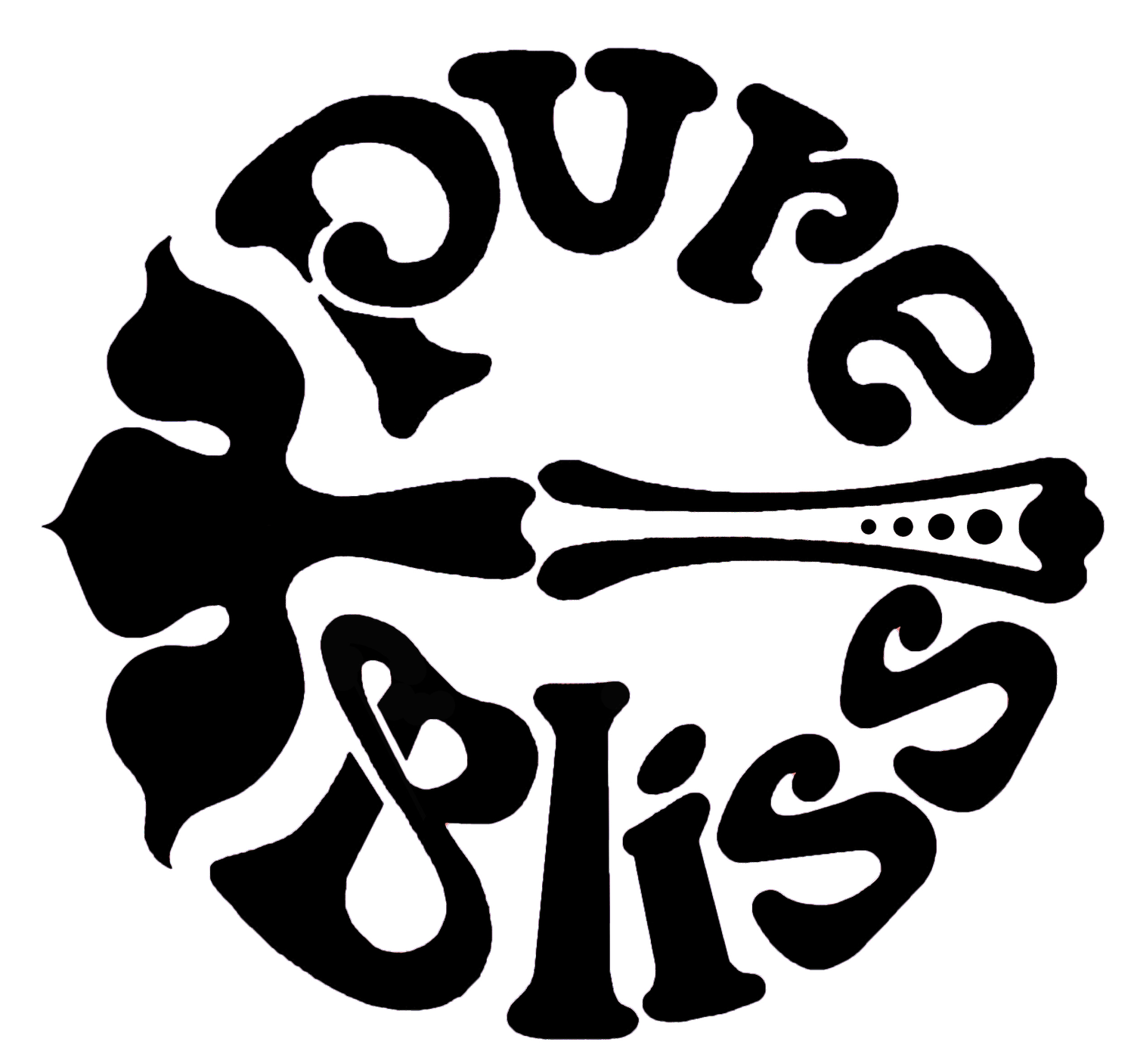How should I prepare for my session?
Must I be completely undressed?
Will the practitioner be present while I undress?
Will I be covered during the session?
What parts of my body will be massaged?
What will the massage or bodywork feel like?
Are there different kinds of massage and bodywork?
What should I do during the session?
How will I feel after the session?
What are the benefits of massage and bodywork?
Are there any medical conditions that are inadvisable for massage?
Frequently Asked Questions
How should I prepare for my session?
Please SHOWER before your appointment, RINSE SAND OFF your feet, and AVOID WEARING SYNTHETIC FRAGRANCES (including perfume, cologne, aftershave, hair care products, suntan oil, sunscreen, and scented deodorant). Your therapist may be highly sensitive or allergic to chemical fragrances.Must I be completely undressed?
No. Most massage and bodywork techniques are traditionally performed with the client unclothed; however, it is entirely up to you what you want to wear. You may undress to your level of comfort. You will be properly draped with a sheet for privacy during the entire session.Will the practitioner be present while I undress?
No. The practitioner will leave the room while you undress, relax onto the table, and cover yourself with a sheet.Will I be covered during the session?
Yes. You will be properly draped at all times to keep you warm and comfortable. Only the area being worked on will be exposed.What parts of my body will be massaged?
A full-body session will include your back, hips, legs, feet, arms, hands, upper chest, shoulders, neck, and head. We do not typically massage the stomach unless requested. We do not massage breasts or private areas.What will the massage or bodywork feel like?
A relaxing Swedish massage is a general baseline. Your session may start with broad, flowing strokes that calm your nervous system and relax muscle tension. As your body becomes relaxed, pressure will gradually be increased to relieve specific areas of muscular tension. Oil or lotion is used to allow your muscles to be massaged without causing friction to the skin. The oil also helps hydrate and nourish your skin. You should communicate immediately if you feel any discomfort so the pressure can be decreased or another approach may be used. Massage and bodywork are most effective when your body is not resisting.Are there different kinds of massage and bodywork?
There are many types of massage and bodywork. Various techniques utilize different strokes, including basic rubbing and kneading strokes, rocking movement, posture and movement re-education, stretching, application of pressure to specific points, and more. We can discuss which methods may be most appropriate for you based on your needs, treatment goals, and personal preferences.What should I do during the session?
At any time before, during, and after your session, feel free to ask your practitioner questions and provide feedback about your experience. During the session, try to relax and release any resistance. The practitioner may gently move your body or tell you what is needed throughout the session (such as lifting your arm). Many people just close their eyes and completely relax, communicating if they need more or less pressure, a blanket, or anything else relevant to the session.How will I feel after the session?
Most people feel very relaxed, sometimes a little spacey or tired. Plan to have an easy, restful day after your session, and not jump immediately into physically strenuous or stressful situations. Be sure to drink plenty of water to help your body release any toxins or lactic acid buildup. Allow some time to integrate and let go of any emotions or thoughts that may come up for you (memories are stored in our tissues, not only in our minds). Some people experience freedom from long-term aches and pains developed from tension or repetitive activity. After an initial period of feeling slowed down, people often experience increased energy, heightened awareness, and greater productivity which can last for days. Occasionally after deep tissue massage, some soreness may be experienced for 1-3 days afterward. This is normal and will subside soon. Drinking extra water and taking warm epsom salt baths can help.What are the benefits of massage and bodywork?
Massage and bodywork can help release chronic muscular tension and pain, improve circulation, increase joint flexibility, reduce mental and physical fatigue and stress, promote faster healing of injured muscular tissue, improve posture, and reduce blood pressure. Massage and bodywork are also known to promote better sleep, improve concentration, reduce anxiety, and create an overall sense of well-being. Read more about the benefits of massage here.Are there any medical conditions that are inadvisable for massage?
Yes. That's why it's very important that the practitioner asks you general health questions before your session. It is very important that you inform the practitioner of any health problems or medications you are taking (especially blood pressure medications). If you are under a doctor's care for your condition, it is strongly advised that you receive a written recommendation for massage or bodywork prior to your session. Depending on the condition, approval from your doctor may be required. In general, light to medium massage techniques are suitable for anyone. Ashiatsu Barefoot Massage can be very deep and is inadvisable for some conditions (including pregnancy, recent implants or surgeries, acute internal disorders, blood thinner medications, high / low blood pressure), and will require a more in-depth health history before treatment.

